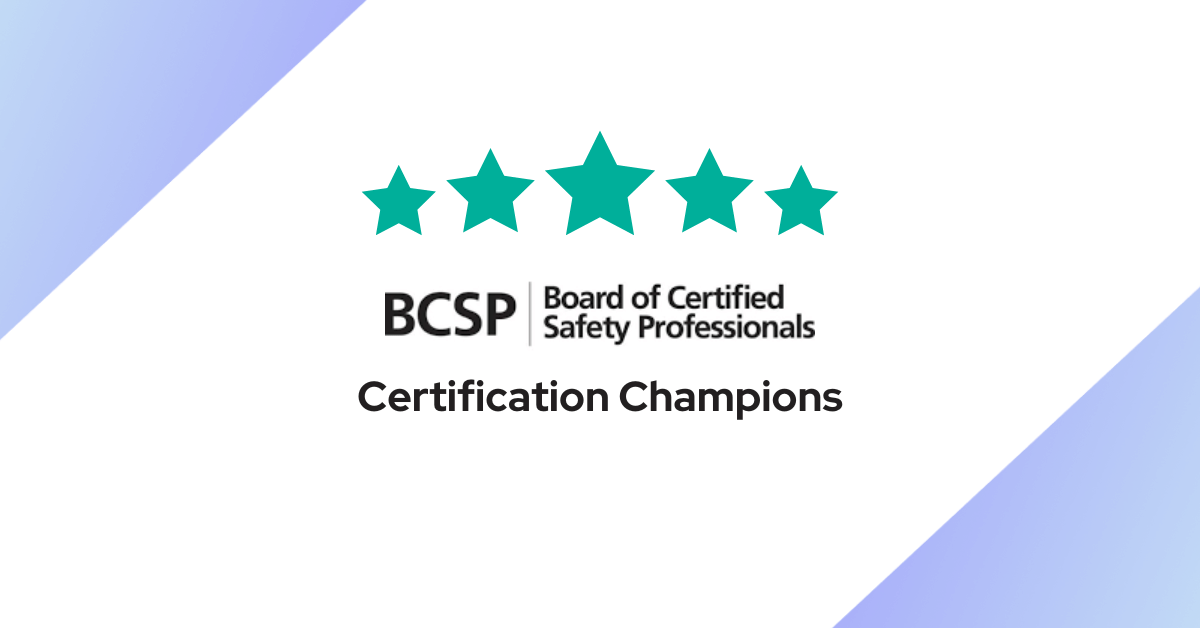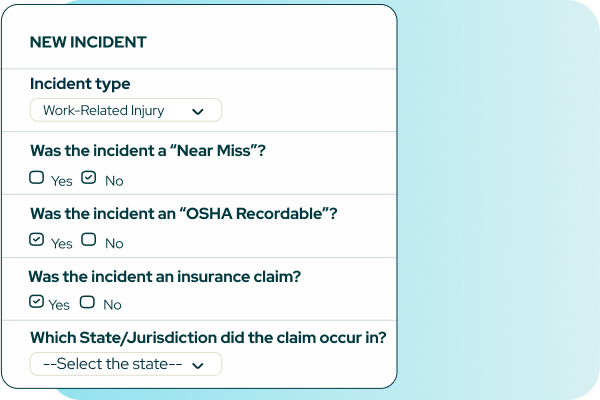Compligo Training Courses

Forklift Operation 1: Safety Inspection and Maintenance
This training explains how to inspect a forklift and what to do in the event an equipment problem is discovered. You will also learn about precautions and procedures to follow when refueling and changing batteries.
ViewForklift Operation 2: Stability and Capacity
This course specifies where to find information on safe forklift operation, and explains what this information means. It shows how features of forklift design impact forklift stability and capacity, and emphasizes that operators must be trained to safely operate forklifts according to their specific designs. The course highlights the concept of the stability triangle to help operators understand specific stability concerns presented by different load types, and shows how to safely accommodate these loads to avoid tipovers and falling loads. Finally, the course uses a field calculation to estimate safe load capacity for situations when a load exceeds the forklift's stated capacity.
ViewForklift Operation 3: Load Handling
This training covers basic practices that can be used to improve safe load handling. Specific practices for approaching, lifting, and lowering a load can help forklift operators improve load handing safety as they perform each of these actions. Armed with this knowledge, forklift operators will be better prepared to safely load the forklifts they operate.
View
Forklift Operation 4: Traveling and Maneuvering
The specific guidelines provided in this course will protect operators from the hazards of traveling with and maneuvering a forklift. The course offers instructions on how to mount and dismount a forklift properly; on traveling with a load over uneven paths, inclines, and other potentially unstable surfaces; and on maneuvering safely when forklifts start, stop, and change direction
View
Global Safety Short: Asbestos Awareness
Asbestos containing materials are still found in many workplaces. Employees should recognize these materials and understand the hazards associated with Asbestos.
View
Global Conflicts of Interest
This training describes how to identify potential conflicts of interest and respond appropriately to them.
ViewGlobal Diversity
This course describes the benefits of diversity and inclusion for the organization and how you, as an employee, can promote inclusion. You'll also learn about how the types of discriminatory behaviors, such as harassment and bullying, affect the workplace, and interfere with efforts to promote diversity and inclusion.
View
Global Internet, Social Media, and Electronic Communication
This training explores company use of the Internet, social media, and other electronic communication and recommends you be familiar with your company's policy on these resources.
View
Global Privacy and Information Security
This course gives high-level awareness of the regulatory, legal, and corporate requirements for handling and protecting personal information. It explores information security laws and best practices for handling data appropriately.
View
Hazard Communication (HAZWOPER)
This course will acquaint you with the precautions that both you and your employer must take in order to safely use, handle, and store hazardous chemicals in the workplace. The content in this course is designed to comply with the intent of the applicable regulatory requirements.
View
Hazardous Material Handling and Storage
This course covers information about drum handling, compressed gas cylinders, flammable materials, slings, safe lifting techniques, and safe handling procedures.
View
Hazardous Materials and Spills in the Workplace
This course discusses proper handling of chemicals in the workplace and actions that can be taken to protect the workers, the public, and the environment. It also covers the roles and responsibilities of those responding to events involving hazardous materials.
View